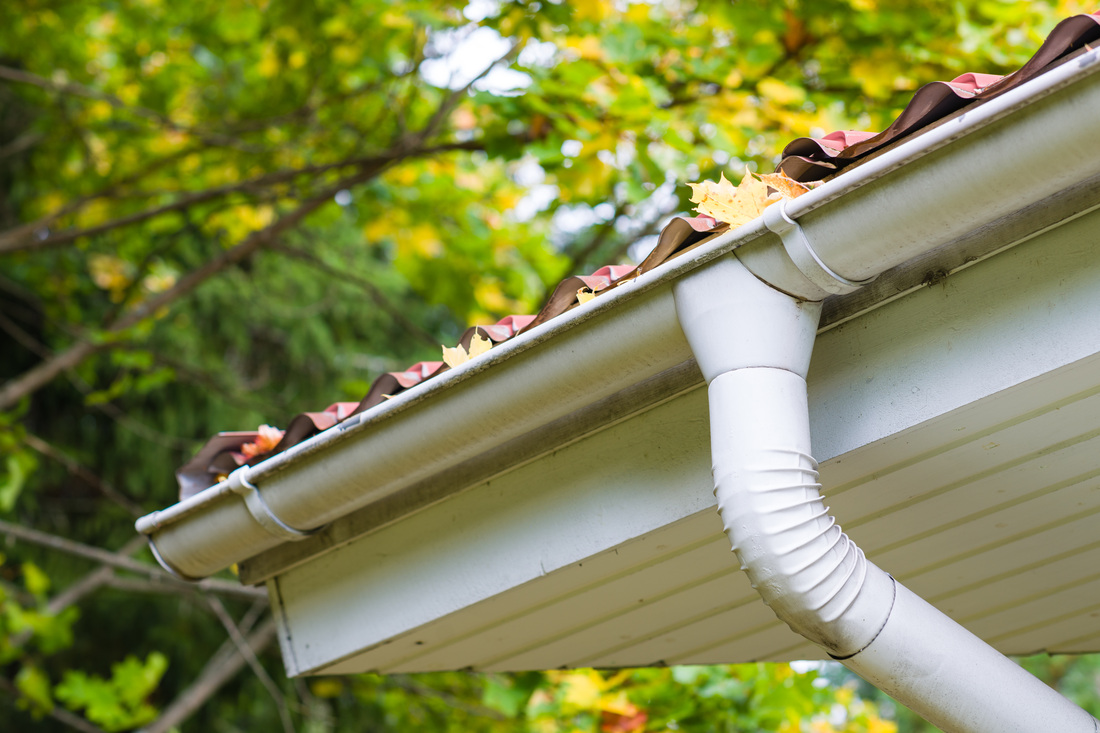With fall officially underway, homeowners everywhere are slowly starting to prepare themselves for the winter that lies ahead. As the leaves begin to change and cool autumn air rolls in, no one wants to be left with a cold, leaky home in a matter of months (or weeks!). Rather than wait until the first snowfall to make your move, however, Sandvik Insurance Agency wants to make sure your home is protected from the get-go. To help keep your home safe from any cold weather damage this winter, make sure you follow these 5 winter prep tips:
1. Clean Your Gutters
When snow collects on your roof, your gutter acts as a drain for all the snow melt. If the gutter is clogged with leaves, sticks, and other debris, however, the water from the snow melt will get backed up and sit in your gutter, eventually freezing and creating an ice dam. This causes a massive weight and wetness strain on your roof, often leading to leaks and damaged shingles. To avoid letting an ice dam form, causing major damage to your home and roof, take the time to inspect your gutters. Grab a ladder, some gloves, and a hose; remove any debris that is clogging your gutter or downspout. When you’re done, turn on the hose and make sure the water flows smoothly from your downspout to be certain you’ve gotten rid of all the blockages.
2. Check Your Shingles
While you’re up on the ladder cleaning your gutters, it’s the perfect time to do a quick roof checkup. After a long summer, chances are your home withstood a summer storm or two. Whether your roof may have been hit with some hail or just some loose branches and debris, it’s very important to check any spots for potential leaks. If you spot any damaged shingles, make sure you get them repaired before snow has a chance to start leaking through your roof!
3. Turn Off Your Exterior Faucets
When cold winter weather finally hits, the last thing you want in your pipes is stagnant water – especially going to your exterior faucets. Once it gets below freezing, frigid temperatures can freeze the water trapped inside your pipes. As the water freezes and expands it often damages and cracks the pipe, causing the pipe to burst. To help avoid any damage to your pipes from your colder exterior faucets, make sure you open the shutoff valve for each one, and drain any excess water out of it. This is the best way to guarantee that your pipes don’t freeze.
4. Wrap Your Pipes
Though the pipes connected to your exterior faucets are in the greatest danger of freezing, it’s also important to protect the pipes that pass through unheated spaces in your home (e.g. basement, crawl space, attic, garage, etc.). To prevent these pipes from freezing as well, go to your local hardware store, buy some pre-molded foam insulating sleeves, and wrap the sleeves around the pipes you feel could be in danger of freezing.
5. Give Your Furnace a Physical
Just like we need yearly checkups with our doctors, your furnace needs one as well. Before the cold weather hits, you should turn on your furnace and make sure it’s working properly. At the minimum, you should be replacing its filter on a regular basis, but it can also benefit greatly from a professional cleaning and tuning. Not only will a professional inspection help add to the longevity of your furnace, it will also maximize its heating efficiency.
Winter weather can take a big toll on your home. By following these tips and making sure you’re well prepared, however, you can avoid almost all of the damage! For more information about how you can start protecting your home for winter, contact Sandvik Insurance Agency today.



 RSS Feed
RSS Feed
